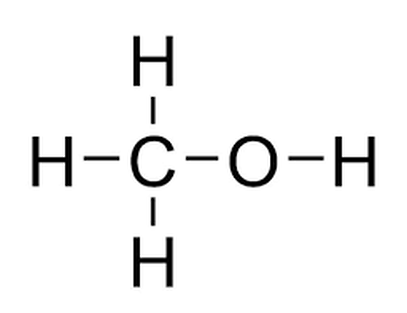Why methanol

As the figure to the left indicates, methanol is a hydrogen-intensive compound. At ambient temperature it's also a water soluble, biodegradable liquid, making it easy and safe to store and transport. Furthermore, it burns cleanly, with no soot, particulates or other residue and it produces less greenhouse gas in the form of nitrogen oxides. On top of that, when produced with renewable electricity and biogenic CO2, its carbon intensity is very low. For all of these reasons, major shipping companies like Maersk and COSCO are steadily building up their fleets of methanol-fueled ships, rapidly increasing demand for methanol.
Northeastern BC has a remarkable convergence and abundance of all the feedstocks required to produce renewable and low-carbon methanol, including renewable electricity (wind and hydro), water, natural gas and biogenic CO2. Furthermore, much of the infrastructure required to produce methanol in the region, deliver it to the coast by rail and then ship it to international markets is already in place or under development.
It's hard to imagine a better place in the world to produce renewable and low-carbon methanol at a world scale than northeastern BC.
Northeastern BC has a remarkable convergence and abundance of all the feedstocks required to produce renewable and low-carbon methanol, including renewable electricity (wind and hydro), water, natural gas and biogenic CO2. Furthermore, much of the infrastructure required to produce methanol in the region, deliver it to the coast by rail and then ship it to international markets is already in place or under development.
It's hard to imagine a better place in the world to produce renewable and low-carbon methanol at a world scale than northeastern BC.